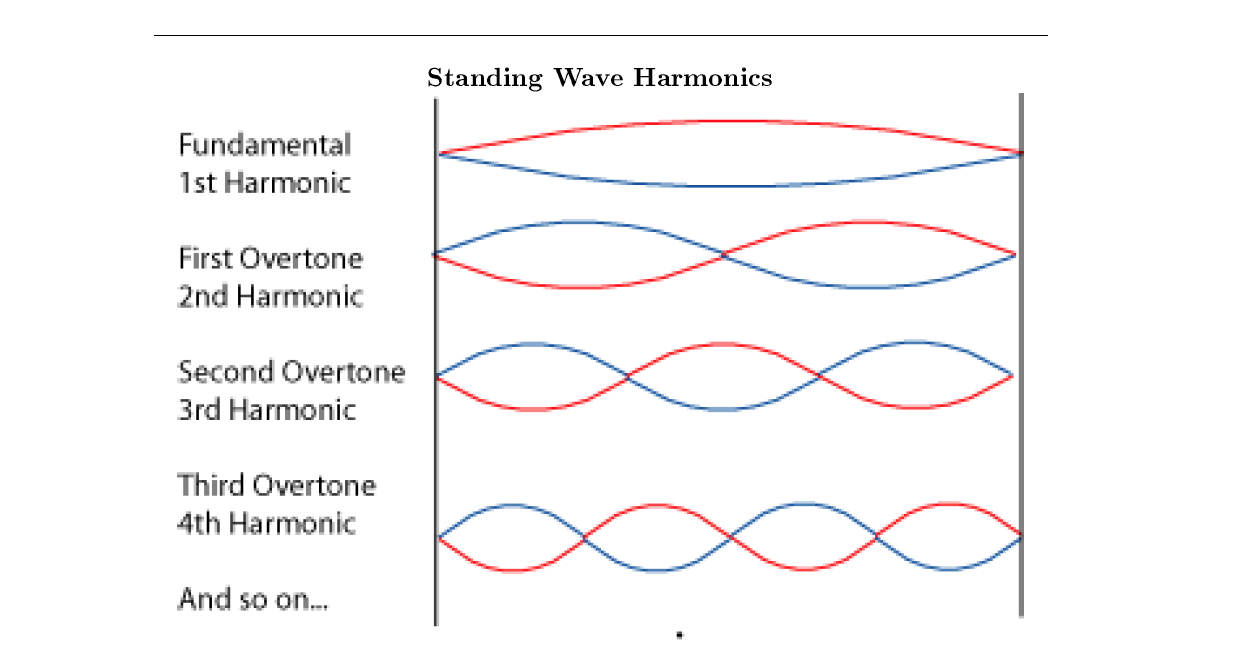This lesson is all about the nature of sound and serves as a backdrop to the harmonic theory later on. It is possible to understand harmonic theory without diving into the physics of it like this but for many people understanding why something works helps us to understand how it works.
Harmonic theory makes a whole lot more sense when you understand a little about how notes of different pitches are made and how they relate to each other mathematically.
Sound is our brain's response to changes in air pressure detected by our ears. When these changes are in regular wave like patterns, they sound like musical tones. On your guitar, the speed at which a string vibrates will determine how fast those changes in air pressure hit your ear which in turn depends on the length, tension and density of the string.
If you throw a rock in a pond it makes one wave that eventually runs out of steam. If however that wave hits a hard surface it will bounce back and interfere with other oncoming waves if there are any. When you vibrate a string on your guitar eventually the string settles into a pattern in which a wave bounces back and forth from either end of the string in a number of standing waves.
These waves are added together to give our final sound but the main pitch that you hear is that of the fundamental note, the big one. It is produced by the full length of the string vibrating as far as it can, the nut and the bridge create two neutral points in a wave called nodes, that simply stay still, while at the 12th fret the movement is at it's maximum. As well as this larger wave other waves are created that also bounce back and forth between the nut and the bridge. These waves create different notes and are called harmonics, they blend together to give us the signature sound of the instrument.

And it doesn't stop at 4, in fact it continues as long as there is enough energy to produce a vibration. Different instruments create harmonics of different strengths which is why they all sound different.
Take Home
A string's vibration is complex, the result of adding a number of different sine waves of differing magnitude and frequency. Added together they create the signature sound of the instrument.
the video lesson
This lesson covers the written material above. It is essentially just background for the important lesson to come.
Download the video here
Thanks to Catherine Schmidt-Jones at the University of Toronto for the above image and most of the information on this page.
